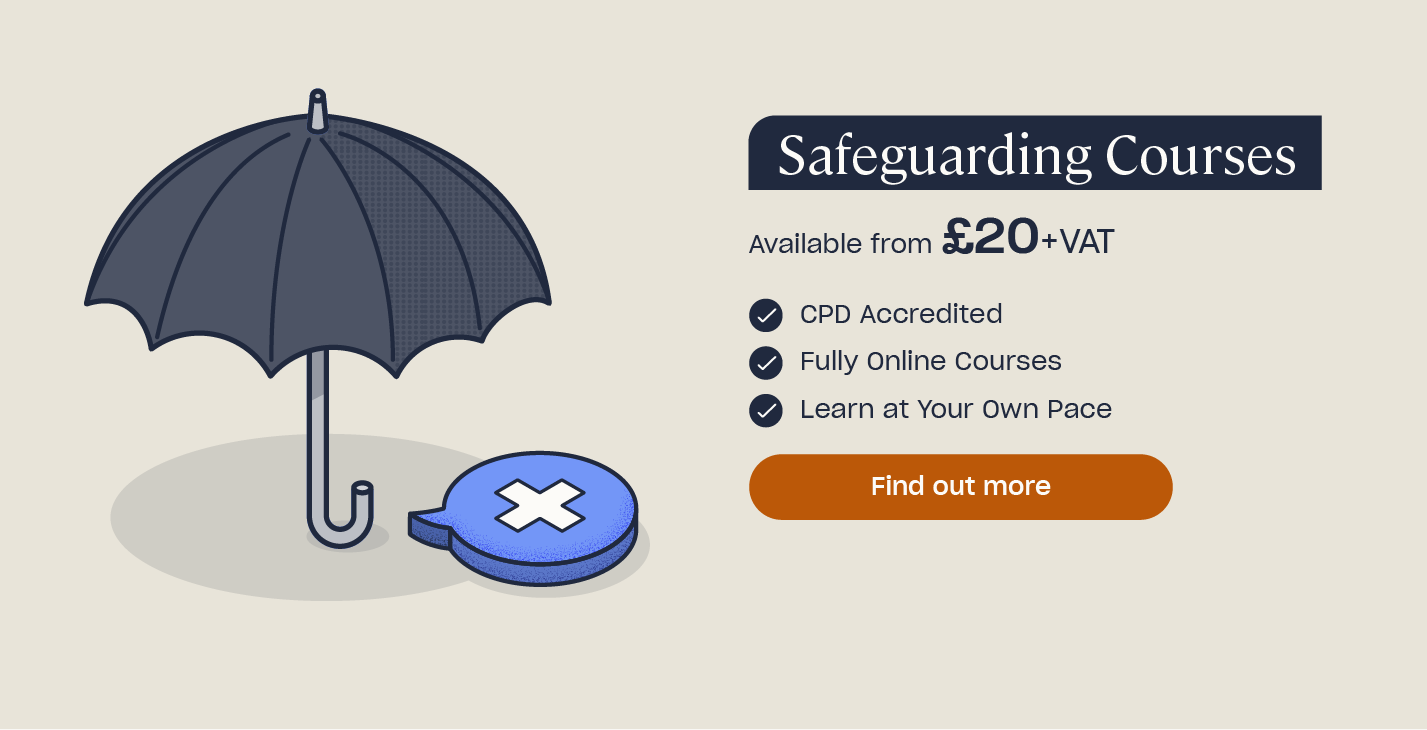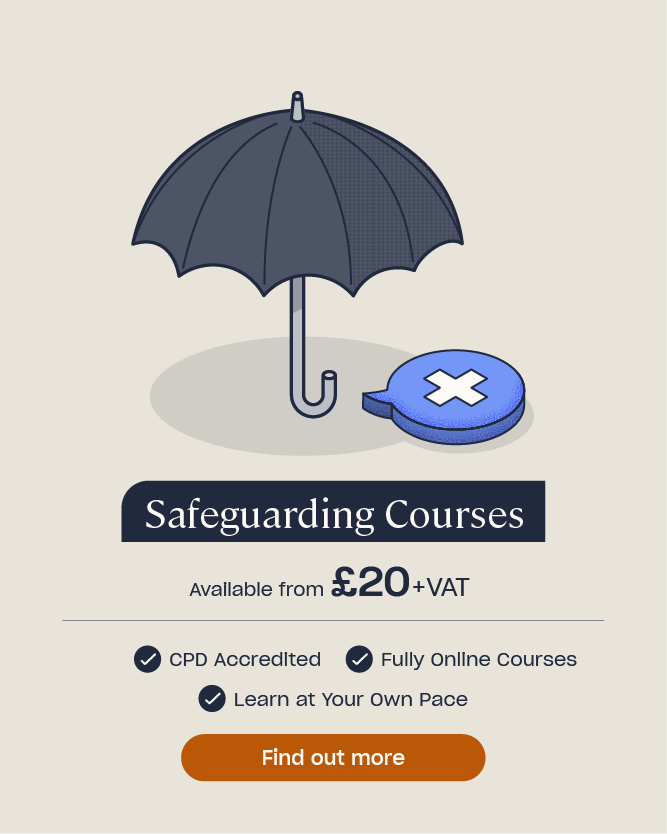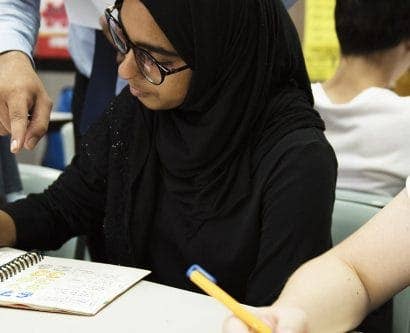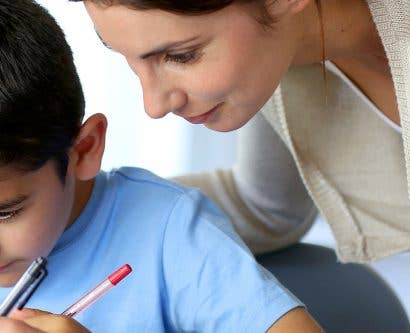Child Protection Photography Policy: Free Consent Form Template
Taking pictures of children at school events and sports clubs is becoming increasingly commonplace, with staff, volunteers, parents, and carers all wishing to capture special memories and sporting successes. However, it’s vital that all settings follow safeguarding procedures when taking photographs and videos of children. You have a key responsibility to safeguard those in your care, and as a result, it’s crucial that you have a clear child protection photography policy. The measures you put into place in this policy will help to protect children from harm, and limit the potential misuse of images shared online.
In this article, we will explain what a child protection photography policy is, detail its importance, and provide guidance on how sports clubs and schools can follow the appropriate policies. We have also created a free photo and video consent form template for you to download and edit for use in your setting.
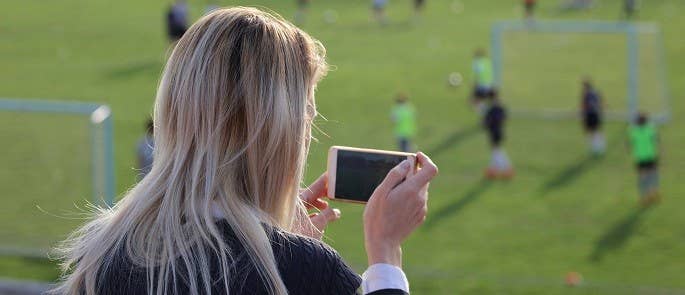
What Is a Child Protection Photography Policy?
A child protection photography policy should include a statement that outlines your setting’s approach to photographs and videos of children and young people. It should be used as part of your online safety and child protection policies. Your setting should also state that the child’s needs remain at the heart of all policies and procedures – this includes in relation to image use. Note within this policy that you understand the importance and value of images which capture successes, but that you must also be aware of the potential risks related to image sharing and misuse.
The policy should be created in consideration of safeguarding legislation which exists to protect children. It should be read alongside your safeguarding and child protection policy, online safety policy, and the staff code of conduct. If you need help creating a safeguarding and child protection policy, have a look at this article.
The photography policy should clearly state how your setting will use and manage photographs and videos of children online, in print, and for promotional purposes. It should also clearly highlight the measures you will take in order to keep children free from the potential risks involved with image sharing and misuse.
The policy should then state in detail how your setting proposes to use and store images and videos of children safely. This may include recommendations for parents and carers on general online safety tips and advice, such as asking parents not to share images of other people’s children online without consent. Parents and carers can also be prompted to check their privacy settings carefully, and they should know who to speak to if they want to report a concern.
Everyone who is part of your organisation’s community should be aware of your child protection photography policy. It should be accessible and user-friendly, so that everyone understands the role they play in keeping children and young people safe.
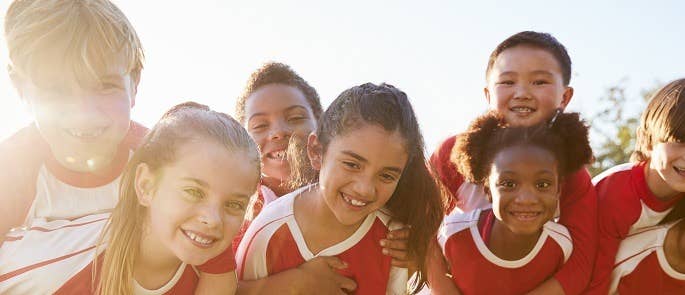
Why Is It Important to Obtain Consent for Taking Photographs?
Not all parents and carers will want their child to be photographed. This might mean a complete ban on all images, or just those used for promotional purposes (for example). Equally, not all children will want their image to be taken. Therefore, it’s vital that not all providers assume there is a one-size-fits-all approach to photography and video consent.
This may be particularly relevant to children or families who have experience abuse, have cultural or religious reasons for not wishing to be photographed, have been forced to relocate, or are under adoptive or local-authority care, have chosen not to be in contact with certain family members, and those who simply want to limit their online presence and digital footprint.
Know how to respond to seizures?
Our Epilepsy Awareness course will teach you about epilepsy and seizures, including what epilepsy is, causes, triggers, symptoms and the different treatment options. You will learn about the effects that epilepsy can have on a child or young person’s development and functioning, as well as how to support individuals living with the condition.
Risks of Sharing Images of Children Online
Taking and sharing images and videos of children can be dangerous. Risks include:
- Children not being able to control their online image and digital footprint.
- Images shared online can be commented upon and shared easily.
- Photographs and videos can be copied, shared, manipulated, and misused by anyone.
- Images can be licensed and distributed online for commercial use.
- Children can easily be identified by their clothing, home, and through location tags, which can make them vulnerable to grooming.
Safeguarding Training
If you have safeguarding responsibilities, you can find out more with our entire range of Safeguarding Courses. Discover accredited courses such as Safeguarding in Sport, Designated Safeguarding Lead, and Safeguarding Children in Education in our course library.

How Can Sports Clubs and Schools Help to Minimise Safeguarding Risks?
In order to keep the child at the heart of your safeguarding procedures, it is vital that schools and sports clubs gain consent from either the parents, carers, or the child themselves prior to taking photographs and videos. Doing so will enable you to understand the context behind particular cases, and therefore safeguard them more effectively. For young people over 16 years old, ask the child themselves for their consent, although in certain scenarios it may also be appropriate to gain parental or carer consent too. For children under 16 years old, parents or carers will need to consent before any image of their child is taken and used. All consent forms should then be stored in line with data protection guidelines.
Parents and carers must understand what they are consenting to, so make sure the language used is accessible. It is best practice to make sure the consent form is as transparent as possible, so inform them how long their consent is valid for and tell them what they can do if they change their minds and no longer wish to consent – highlighting the fact that recalling an image once it is shared online can be challenging.
Even when consent is given, avoid providing children’s full names when sharing images. Also, only feature images of children in suitable dress or kit, and avoid any image and camera angles which may be more prone to being misinterpreted or misused.
Where the organisation is using a professional photographer or videographer, the necessary steps should be taken to help minimise safeguarding risks. These include checking the individual’s identity and qualifications, making sure they display identification at all times, limiting them to key areas only, avoiding locations such as changing areas, ensuring they are supervised at all times, and clarifying image ownership during the commissioning process.
‘It is not illegal to take photographs or video footage in public places unless it is for criminal or terrorist purposes.’
Ask the Police, December 2021
As it’s not illegal to take photographs or videos in public places, it can be challenging to actually stop parents taking pictures during an event, unless you ban photography altogether. Taking such steps can prove difficult, and may not be popular. Parents and carers should, however, be made aware of the long-term impact of sharing images online, especially those which feature children. This should be clearly highlighted in your child protection photography policy.
Distributing a leaflet or running a webinar about social media and image-sharing best practice can be a great way to connect with your organisation’s community. You can also reiterate these safety messages through a public-address announcement before and during the event itself. Making sure that parents and carers are as informed as possible about the potential risks involved with taking and sharing images of children helps to reflect your professionalism, as well as the crucial importance of safeguarding.
Need Safeguarding in Sport Training?
For further information on how to safeguard children in sport effectively, take our Safeguarding Children in Sport training. Produced in partnership with Paul Stewart, former professional footballer and safeguarding advocate, this course will provide you with practical tools to use in your sports club or organisation, helping you to ensure your commitment to excellence in safeguarding.

Free Photo and Video Consent Form Template
You can download a free photography and video consent form here.
The consent form is fully editable, so you can type in your organisation or club’s name into the relevant place on the document.
If you are working with children aged 16 years old and over, please use the consent form which the child themselves will complete. Parents have a legal responsibility for their children up to the age of 18 (in the majority of cases), so it is best practice to inform parents or carers that images their child features in may be used by the club in the ways the child has consented to. Remember, there may also be specific circumstances in which it is appropriate to seek parental consent as well.
Images, videos, and consent forms should be stored securely, in-line with data protection guidelines. Your organisation or club must do everything in its power to prevent unauthorised access to the images you have of children. Best practice for the storage of images and videos includes:
- Only allowing those who have permission to take and use images of children.
- Only using your club or organisation’s devices to take and store photographs and videos of children.
- Encrypting images and storing them securely.

Safeguarding children from harm should be a key priority for any school, sports club, or other setting. An accessible and detailed child protection photography policy can help you to minimise the safeguarding risks posed through image sharing and misuse. Clear communication with parents and carers, and the children and young people themselves, will make your safeguarding procedures more effective and robust.
Further Resources:
- Online Safeguarding Courses
- Guide to Safeguarding Children in Sport
- Safeguarding Checklist for Schools
- Safeguarding in Sport Research: Partnering with Paul Stewart


